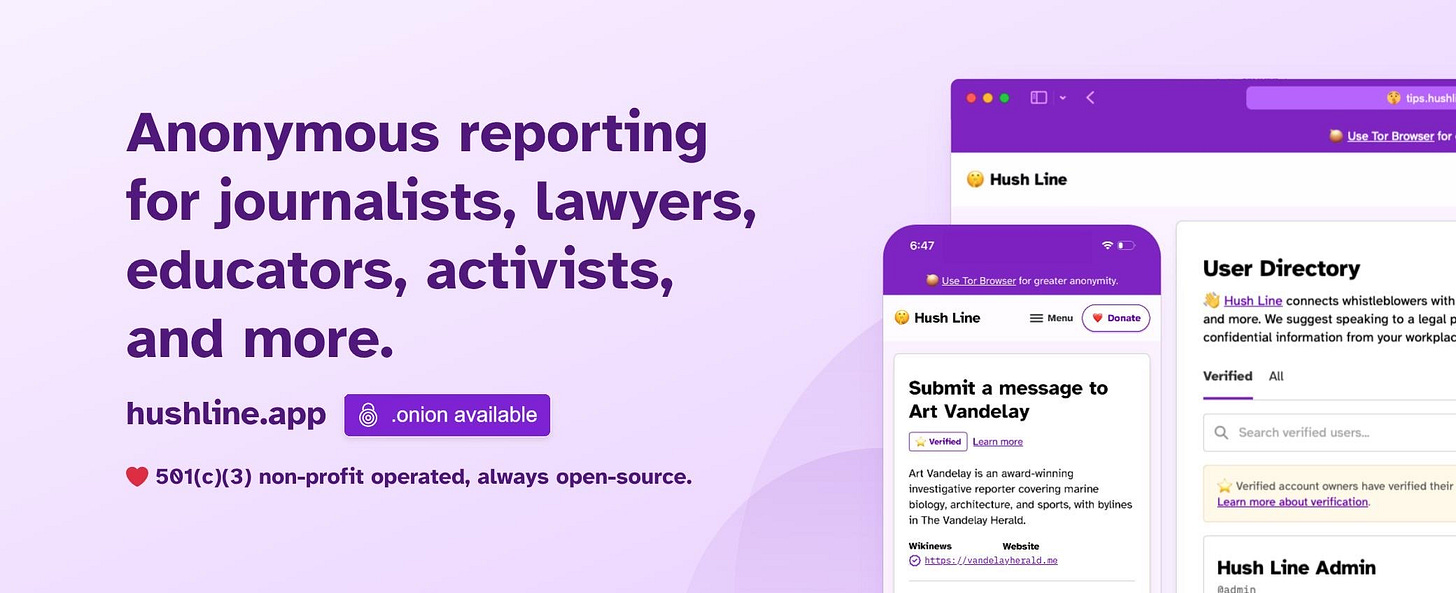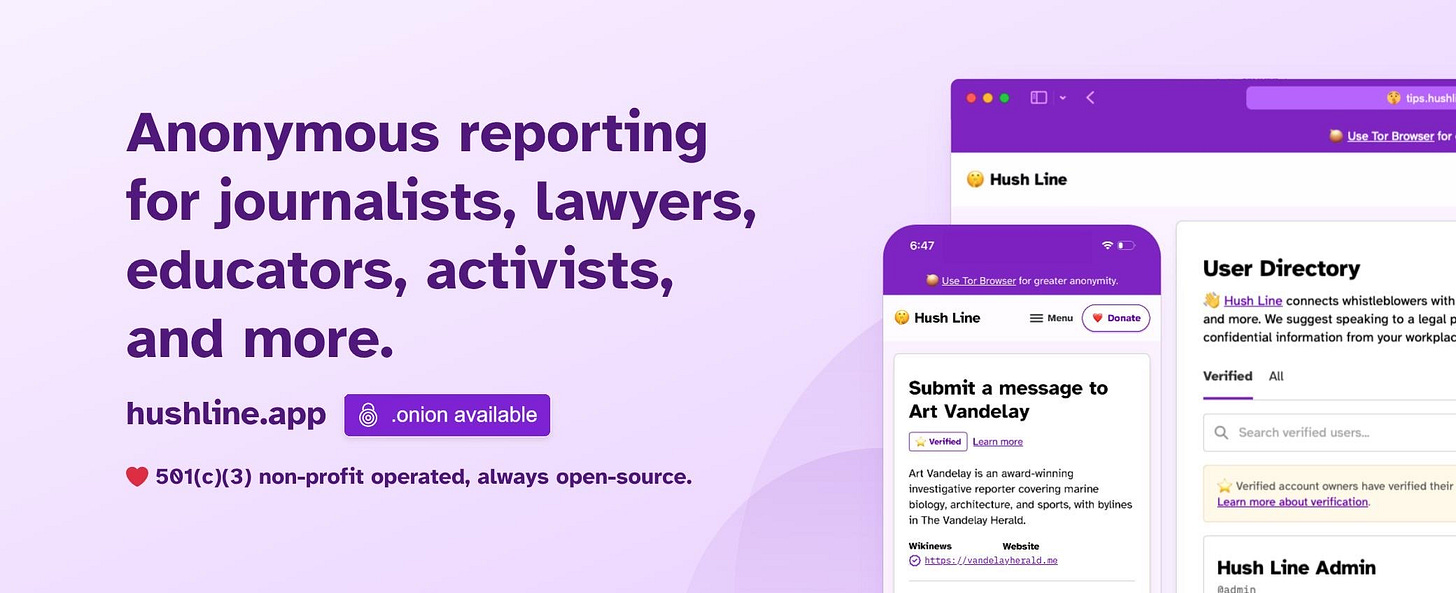Uber Won a PR Innovation Award This Week While Drivers Reported Getting Fired Without Explanation
What should we believe?
Two things happened this week related to Uber that got my attention.
One of the organizations we work with, the Action Center on Race and Economy, published a survey of over 700 Uber drivers who were deactivated. Titled Driven Out By AI: How Uber Deactivations Force Drivers into Chatbot Hell and Financial Crisis, the report reveals a troubling pattern — drivers being unexpectedly fired without warning or recourse, leaving many in financial instability. Karim Sawadogo, one of the drivers impacted, told Futurism, “They treat you like a machine. If the machine doesn’t do what you want, [they] just turn it off and go to the next.”
The second item that caught my attention was Fast Company naming Uber one of “The Most Innovative Companies in Public Relations and Brand Strategy for 2025.” In the communications world, it’s well known that Fast Company’s lists are a revenue stream for the outlet — companies must pay to be considered. This isn’t to discredit their reporting or the talented journalists behind it, but I think it’s important for people to know that Uber paid to be in the running for that award.
Ad: Hush Line is a platform that provides individuals and organizations with open-source, end-to-end encrypted, anonymous tip lines.
On one hand, Uber is winning awards for its creative PR campaigns and emotional connection with consumers. On the other, hundreds of drivers are left in despair — with 14% becoming homeless — after being effectively fired by Uber without due process.
Who should we believe?
What if both are true — Uber excels at PR, and its drivers are mistreated?
What often gets overlooked in these conversations is just how effective corporate PR teams are. If you think about it, Uber doesn’t have an easy story to tell. An honest person would admit that not getting healthcare or getting paid time off isn’t a great gig for workers. Yet Uber manages to shape public perception through massive marketing budgets and strategic media positioning. They both promote positive consumer narratives while staying relatively quiet in response to criticism.
On the worker side, we have powerful, compelling stories — but far fewer resources to amplify them. Labor communicators typically can’t match the scale of corporate marketing campaigns, nor do they have the same dedicated PR muscle. Consider this: Uber’s VP of Communications earns well over $1 million a year, while a typical labor communications professional makes closer to $100,000. That kind of financial advantage attracts top-tier talent, giving corporations a significant edge in attracting highly incentivized PR staffers.
On top of this, labor communicators face two major challenges: limited marketing budgets and fewer labor hours to both be creative with storytelling and to make it all happen. How do we break through the noise and get in front of as many people as Uber does?
During the 2020 Prop 22 campaign in California, the bill that gig corporations drafted to ensure drivers wouldn’t have healthcare, paid time off, etc, we managed to outmaneuver the gig corporations — at least in the Bay Area, the only region in the state that sided with drivers over the companies. I believe we (my firm worked with Gig Workers Rising on the campaign) succeeded because we spent the two to three years leading up to the vote organizing regular protests, creating compelling social media content, and landing powerful earned media stories. By consistently sharing these narratives across multiple channels, we cemented the idea among Bay Area voters that Uber wasn’t acting in the best interest of its workers.
Unfortunately, that same strategy didn’t happen statewide, where Uber had far more freedom — and resources — to present their version of the story as one that drivers supported.
Uber’s PR success shows the power of narrative control — a power that well-funded corporate campaigns wield effectively. Meanwhile, labor organizers face an uphill battle with fewer resources, yet our stories resonate deeply when they break through. The Prop 22 campaign in the Bay Area proved that sustained grassroots efforts and powerful storytelling can overcome even the most expensive corporate spin. As we continue to challenge unjust labor practices, it’s clear that persistence, strategic messaging, and authentic voices are key to cutting through the noise and ensuring workers’ struggles are heard.
Lastly, we’ve now been running this newsletter for about six weeks. Are you finding it interesting? What are the topics you’d like us to write about? Please do reply to this email with any feedback or thoughts!
Ad: Hush Line is a platform that provides individuals and organizations with open-source, end-to-end encrypted, anonymous tip lines.
What I’m reading…
The Atlantic came out with a blockbuster this week. They found that Meta trained their AI model with millions of authors books, without consent. One author posted that he found 16 of his books and numerous articles in their training data. Right now there’s hundreds of copyright lawsuits where writers and content creators are suing AI corporations for stealing their content, but they might be too late. It’s a sad state of affairs when the legal system is so slow and ineffective that tech corporations can just run roughshod over it in the knowledge that by the time the law catches up they’ll have made so much money they can just pay out settlements. This knowledge can also instructive: Authors, musicians, etc. should not be waiting for lawsuits to save them.
An investigation by The Independent and The Bureau of Investigative Journalism found that Tiktok workers in Turkey, whose job it was to watch abusive and traumatic videos all day, were fired after trying to organize. Google, Tiktok, OpenAI, etc want to think AI and social media feeds are some kind of magic sauce, when in reality millions of human hours go into creating our feeds for us, and they don’t treat those same workers very well.
You can now ‘buy now, pay later’ for your takeout. Tip: Don’t.
As Musk and DOGE seek to replace federal workers with AI tools, this week the General Services Administration (GSA) of the Federal government introduced a new generative AI tool to help staffers with tasks like writing. In recent weeks, the GSA’'s Public Buildings Service has fired more than 1,000 permanent and probationary employees and has sent RIF notices to eliminate nearly the entire staff in three of 11 regions across the country.
“The right wins because it’s coordinated. The left loses because we’re not.” Smart analysis from H Kapp-Klote on the need for looking at media landscape as an ecosystem, not to individual actors.





